A flash of fiery fur in the treetops, a nimble leap from branch to branch—catching a glimpse of a red squirrel in the British countryside feels almost like stepping back in time. Once a familiar sight in woodlands across the United Kingdom, the red squirrel now finds itself teetering on the edge, fighting for survival against overwhelming odds. This isn’t just the story of one small animal; it’s a story about heritage, resilience, and a passionate community refusing to let a British icon fade into memory. As the battle intensifies, scientists, volunteers, and local heroes are pouring their hearts into giving these gentle creatures a fighting chance.
The Red Squirrel: A British Treasure Under Threat
Red squirrels have lived in Britain for thousands of years, their russet coats lighting up ancient forests and their bushy tails flickering through the trees. But today, their numbers have plummeted. Once abundant, they now cling to scattered strongholds, mostly in Scotland, northern England, and a few remote islands. The decline is shocking—less than 140,000 remain in the UK, compared to millions in the past. The red squirrel has become more than an animal; it’s a symbol of natural Britain, cherished in storybooks and childhood memories. Losing them would mean erasing a piece of living history.
Grey Squirrels: The Relentless Invader
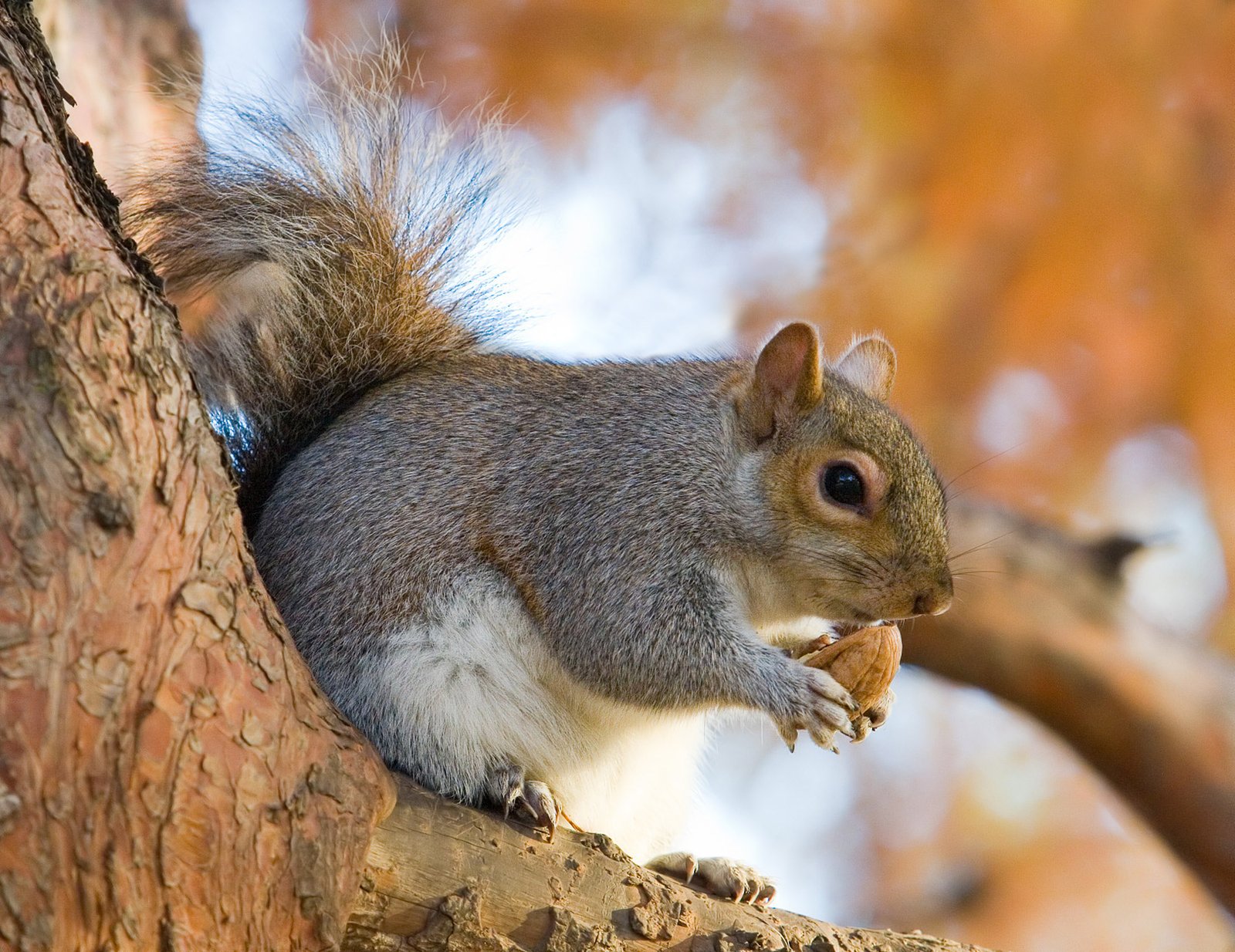
The biggest threat to the red squirrel comes in a deceptively cute package: the American grey squirrel. Introduced to Britain in the 19th century, greys quickly spread, outcompeting reds for food and habitat. They’re bigger, hardier, and can digest unripe acorns, giving them a crucial advantage in lean times. But the real tragedy lies in disease. Grey squirrels carry the squirrelpox virus, deadly to reds but harmless to themselves. Where greys spread, red squirrels vanish, often within a decade. The invasion is relentless, and it’s driven red squirrels to the brink.
Habitat Loss: Shrinking Spaces for Survival
While grey squirrels grab the headlines, habitat loss is just as damaging. Centuries of deforestation, agriculture, and urban sprawl have carved up Britain’s ancient woodlands. Red squirrels need large, connected forests to thrive, but these are now rare. Fragmented woodlands make it harder for them to find food, escape predators, and meet mates. Even well-meaning tree planting schemes sometimes favor species that don’t support reds, further limiting their habitat. The shrinking map of suitable woodland is a quiet catastrophe—one that conservationists are desperate to reverse.
The Science of Squirrel Conservation
Saving the red squirrel takes more than goodwill; it demands science. Biologists have studied the red’s food preferences, breeding habits, and disease resistance. DNA studies reveal the genetic bottleneck caused by isolation, while radio tracking helps map their movements. Scientists are also developing vaccines for squirrelpox, though delivering them in the wild remains a challenge. Every scientific insight shapes better strategies, from targeted habitat restoration to improved monitoring. In the end, understanding the red squirrel’s needs is the key to keeping them off the endangered list.
Community Heroes: Volunteers on the Front Line
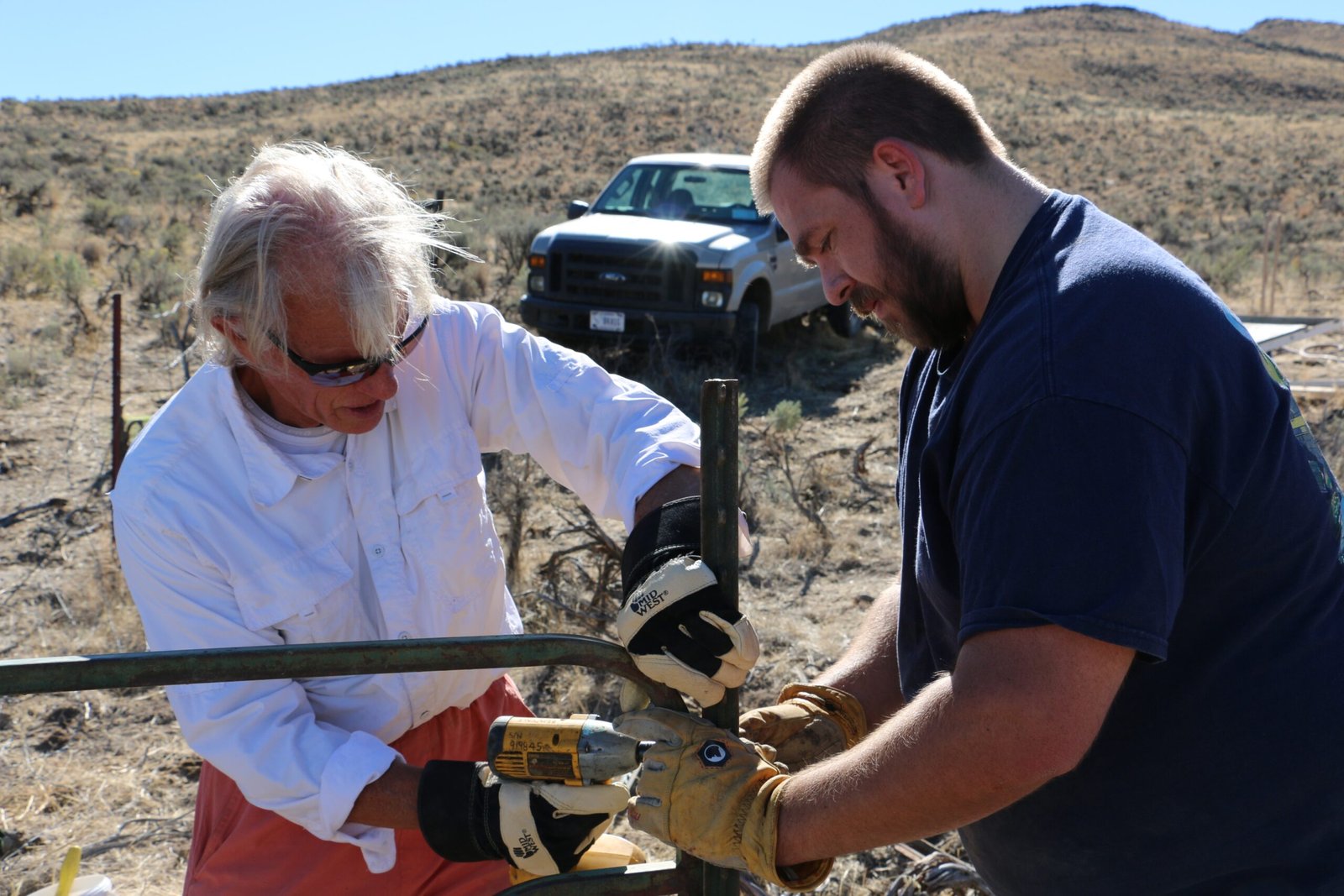
Across Britain, ordinary people have become extraordinary defenders of the red squirrel. Volunteer groups patrol woodlands, set up feeding stations, and monitor populations with boundless dedication. Some even take on grey squirrel control—a tough, controversial job, but often necessary. Volunteers share sightings, run educational events, and inspire others to care. Their passion is contagious. As one volunteer put it, “You can’t help but root for the little red underdog.” Without these grassroots armies, the red squirrel’s fight would be all but lost.
The Isle of Anglesey: A Conservation Success Story
Anglesey, off the coast of Wales, was once overrun by grey squirrels. In a bold experiment, conservationists launched a full-scale removal of greys, followed by careful reintroduction of reds. Years of hard work paid off—by 2013, Anglesey was declared grey-free, and red squirrels flourished. Today, red squirrels are thriving in their island haven, a living testament to what’s possible with determination, science, and local commitment. The Anglesey project is now a blueprint for similar efforts across Britain.
Red Squirrel Rangers: Guardians of the Forest
Red squirrel rangers are the unsung heroes in this battle. Armed with binoculars, traps, and endless patience, they monitor populations, educate the public, and manage woodland habitats. Rangers work closely with landowners to protect and connect red squirrel habitats, sometimes persuading them to tweak forestry practices or allow selective grey squirrel control. They’re also the first responders to squirrelpox outbreaks, racing to contain the spread. For many, it’s more than a job—it’s a calling to protect a beloved species.
Woodland Management: Planting Hope for the Future
Not all trees are equal when it comes to red squirrels. Reds favor coniferous forests, especially Scots pine and Norway spruce, which provide food and shelter. Conservationists are working with forestry managers to plant and maintain red-friendly woods, connecting isolated populations with “wildlife corridors.” Thoughtful planting also helps buffer reds against grey squirrel expansion, since greys prefer broadleaf woods. Every new patch of pine or spruce is a tiny step toward a safer future for red squirrels.
Controlling Grey Squirrels: A Difficult Dilemma
No one takes pleasure in culling grey squirrels, but many conservationists see it as necessary. Without intervention, greys outcompete reds and spread deadly disease. Methods include live trapping, humane dispatch, and, in some cases, contraception research. The ethics of grey squirrel control spark heated debate, but for red squirrel advocates, the alternative is extinction. Some campaigners hope for non-lethal solutions, like immunocontraceptives, but these remain experimental. For now, tough choices must be made to tip the balance in favor of Britain’s native reds.
Citizen Science: Everyone Can Help

Technology has opened new doors for red squirrel conservation. Citizen science projects invite anyone with a smartphone to report sightings, upload photos, and help map populations. These real-time observations feed into national databases, alerting experts to new outbreaks or shifts in range. Schoolchildren take part in “Squirrelwatch” days, learning about wildlife while contributing valuable data. Citizen science empowers people to be part of the solution, turning curiosity into action and hope.
Red Squirrels and the British Imagination
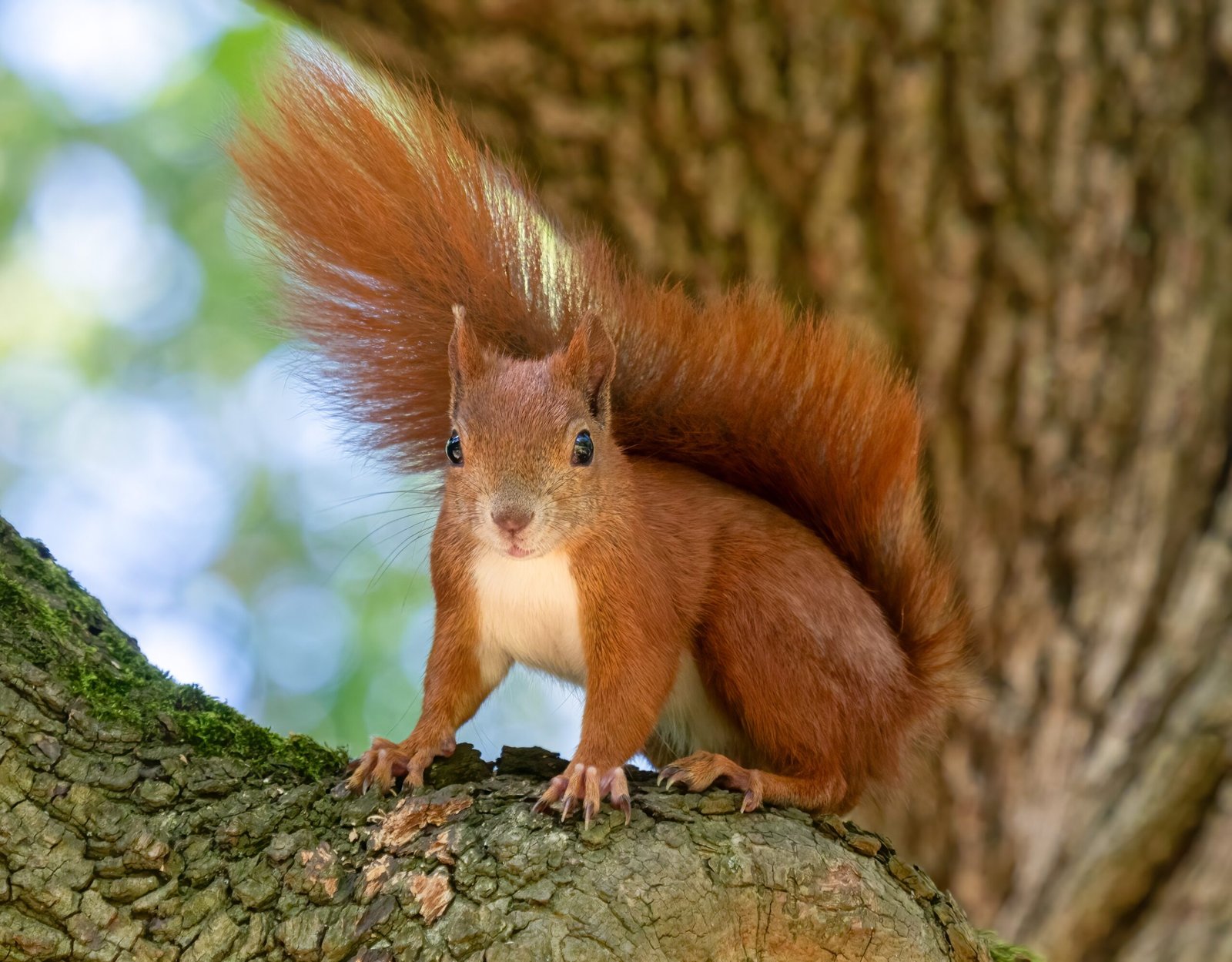
There’s a reason red squirrels hold a special place in British hearts. From Beatrix Potter’s Nutkin to countless local legends, the red squirrel is woven into the fabric of British culture. Artists, writers, and filmmakers draw inspiration from their spirited antics and bright-eyed curiosity. Losing them would mean more than just a drop in biodiversity—it would dim a spark of national identity. Every campaign, every mural, and every story shared keeps the red squirrel alive in the collective memory.
Climate Change: A New Challenge Looms
As if invasive species and habitat loss weren’t enough, climate change brings fresh threats. Warmer winters can disrupt breeding cycles, while shifting weather patterns affect food supply. Some tree species favored by reds may struggle in a changing climate, altering woodland composition over time. Conservationists are now factoring climate resilience into their plans, choosing tree species and locations that will serve squirrels well into the future. The climate challenge is daunting, but adaptation and forward-thinking offer hope.
Genetic Diversity: The Hidden Risk
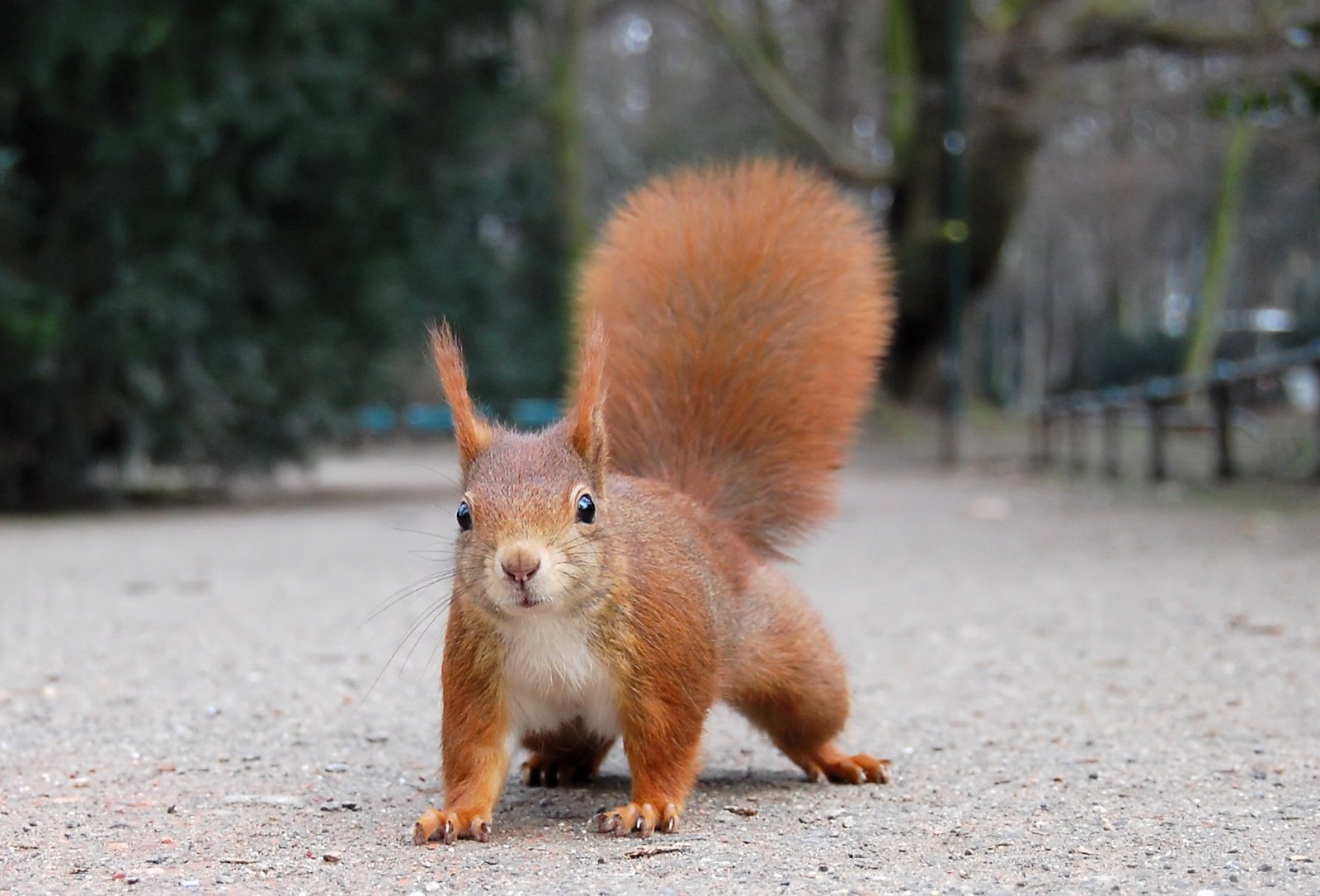
Small, isolated populations are more than just rare—they’re vulnerable. With fewer individuals comes less genetic diversity, making red squirrels more susceptible to disease, inbreeding, and environmental change. Conservationists sometimes move squirrels between populations to boost genetic health, a delicate operation requiring careful planning. Genetic monitoring helps track these subtle shifts, ensuring that rescued populations stay robust. The fight for the red squirrel is as much about invisible genes as visible tails.
Education and Awareness: Changing Hearts and Minds
Saving the red squirrel isn’t just about science and strategy—it’s about winning public support. Educational campaigns in schools, communities, and even social media help people understand why reds matter. Kids learn about the difference between reds and greys, the importance of healthy woodlands, and how their actions can help. Awareness leads to action, whether it’s supporting local conservation groups, reporting sightings, or planting red-friendly trees. Changing minds is often the first step to changing outcomes.
Funding the Fight: Where the Money Comes From
Conservation takes resources—funds for research, habitat restoration, grey squirrel control, and public outreach. Charities, government grants, and even private donors all play a part. Some groups run “adopt a squirrel” schemes, letting people support individual animals or woodlands. Funding is always a challenge, especially as budgets tighten and demands grow. Creative fundraising, from bake sales to sponsored walks, helps keep the lights on for many projects. Every pound raised is a lifeline for the fight to save the red squirrel.
Looking Ahead: A Future for the Red Squirrel?
Despite all the challenges, the red squirrel’s story is far from over. Conservationists are relentless, adapting strategies as new threats emerge and technology advances. Success stories like Anglesey show what’s possible with courage, collaboration, and a little luck. The vision is bold: thriving red squirrels in healthy, connected woodlands across Britain. Whether that dream becomes reality depends on the choices made today—by scientists, communities, and every person who cares about Britain’s wild places.
Why the Red Squirrel’s Survival Matters
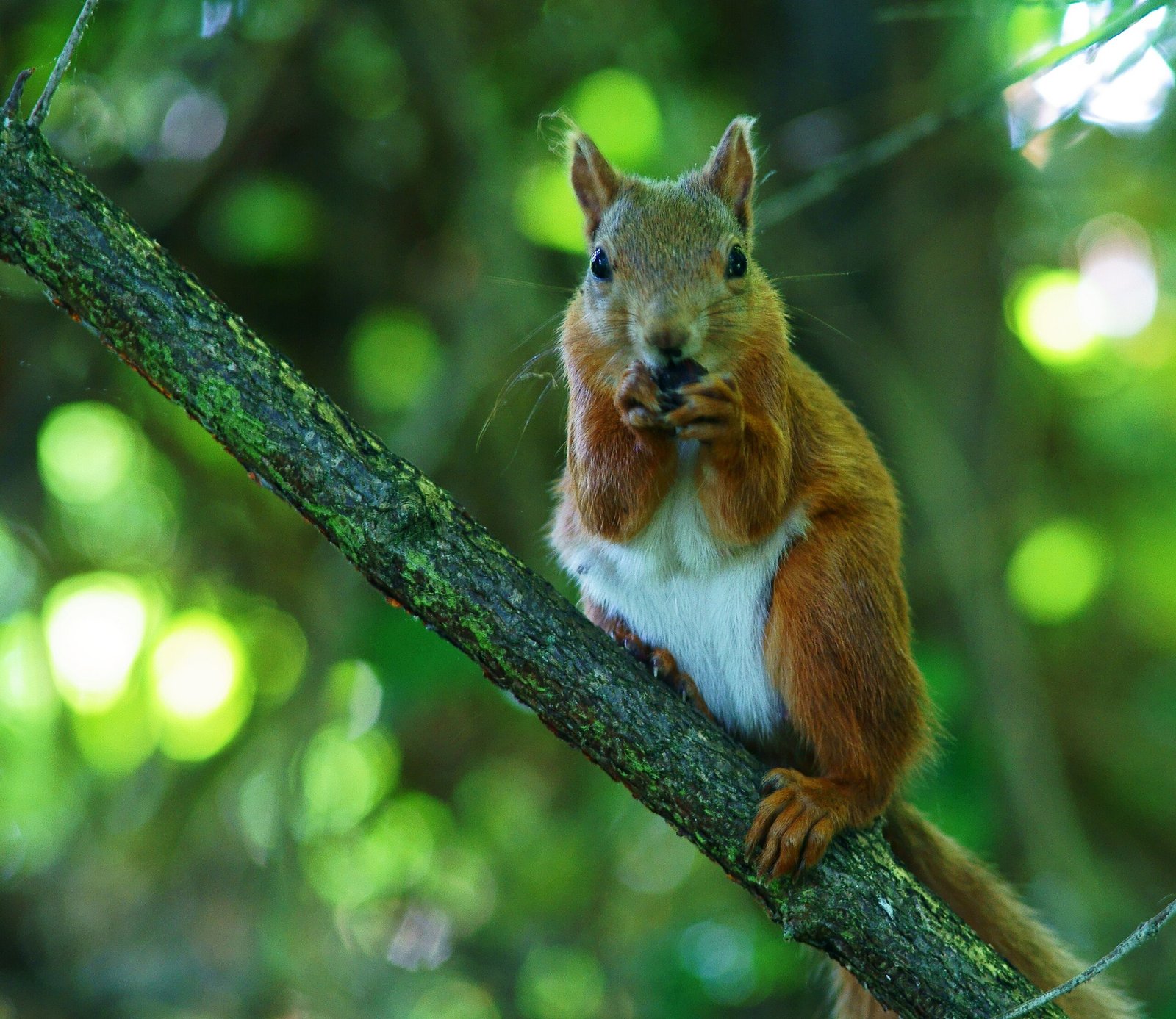
Saving the red squirrel isn’t just about nostalgia. It’s about protecting the intricate web of life that makes Britain’s woodlands unique. Red squirrels play a vital role in forest regeneration, spreading seeds and shaping plant communities. Their survival signals the health of entire ecosystems—where reds thrive, so do countless other species. The fight for the red squirrel is a call to cherish and defend the wild heart of Britain. Will the next generation grow up knowing only stories of these fiery-tailed wonders, or will they have the chance to spot one leaping joyfully through the trees?



